Back to Courses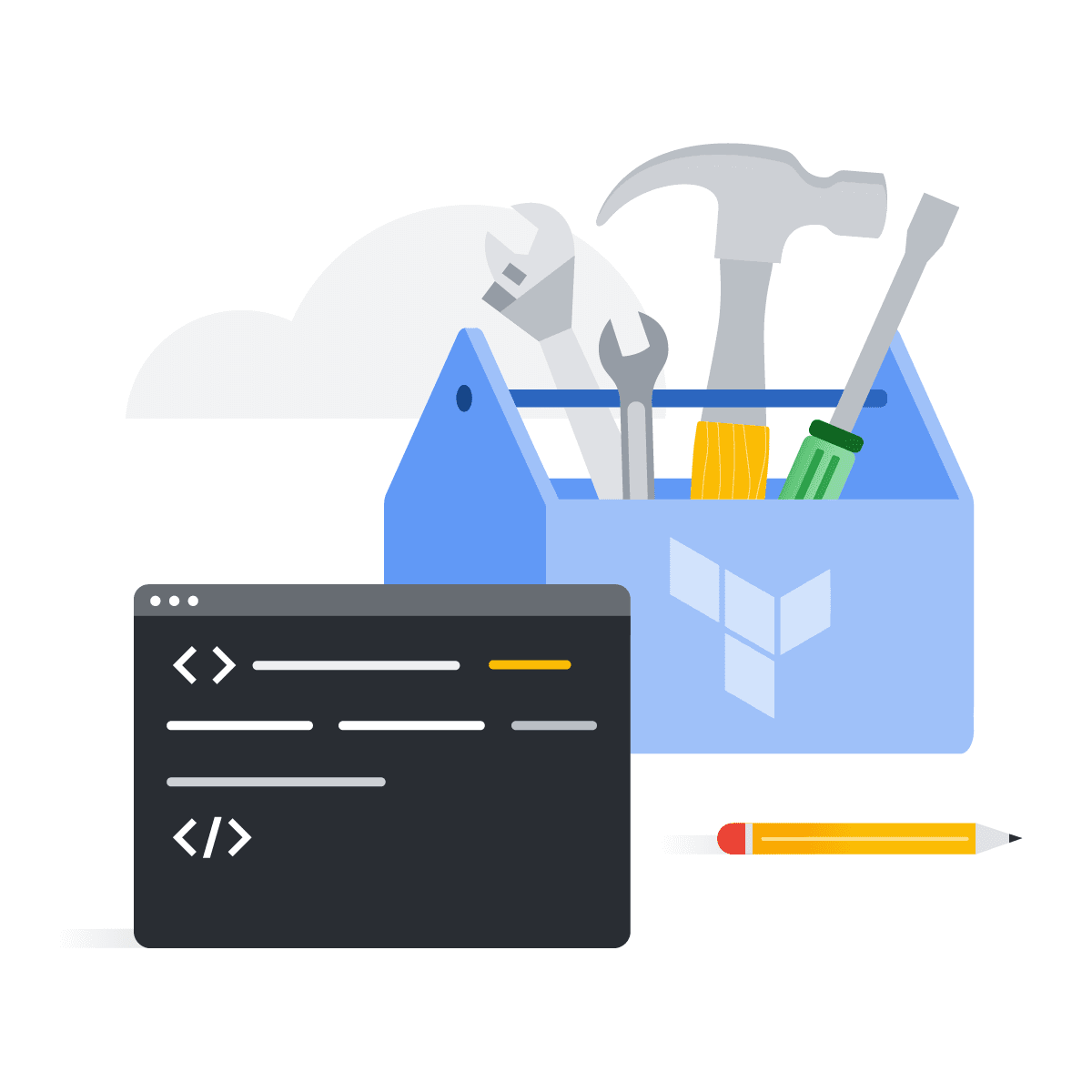
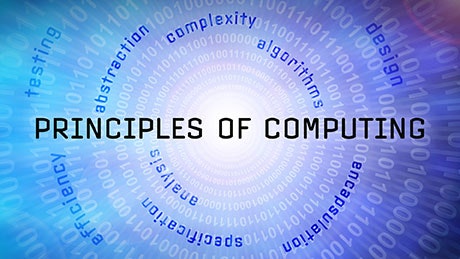


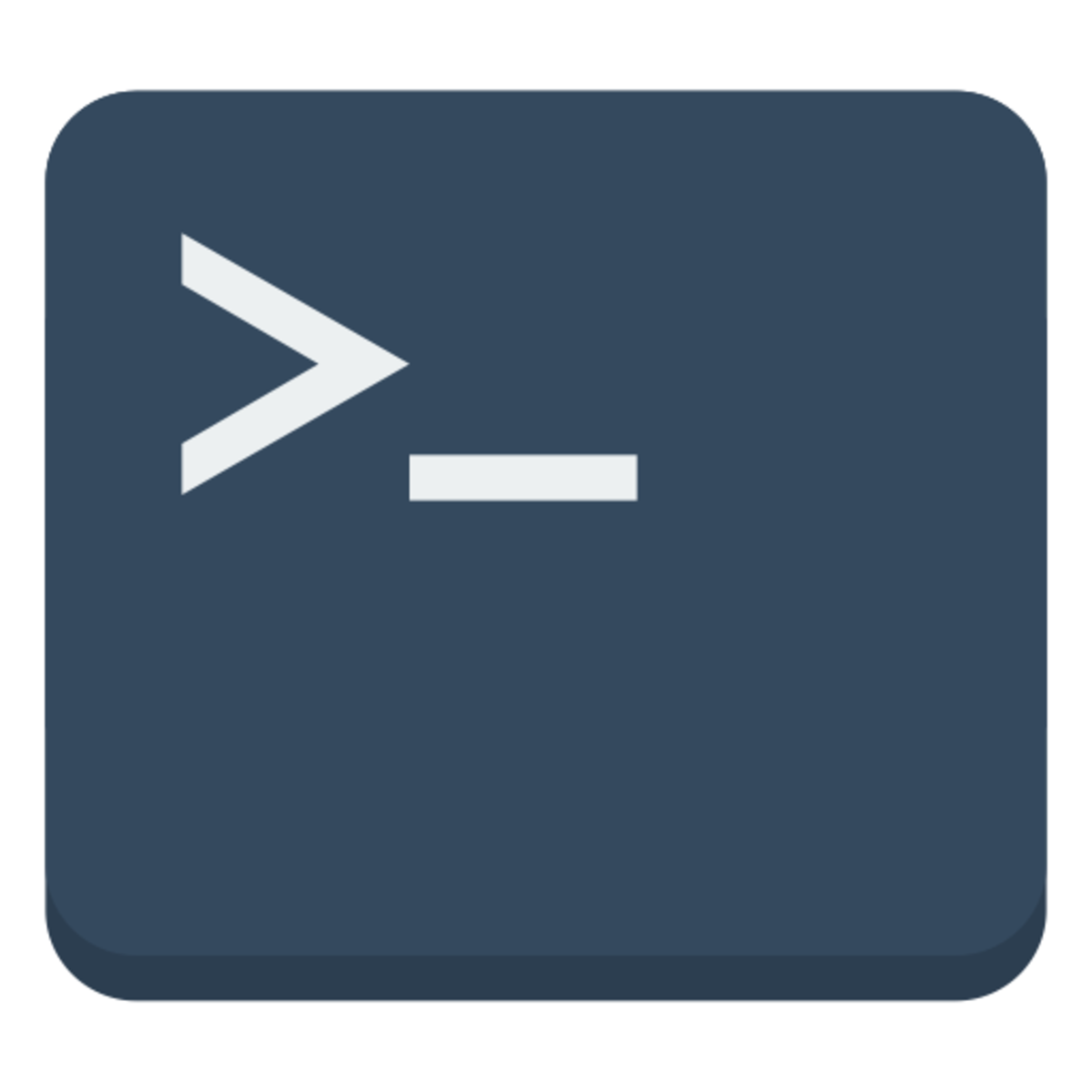

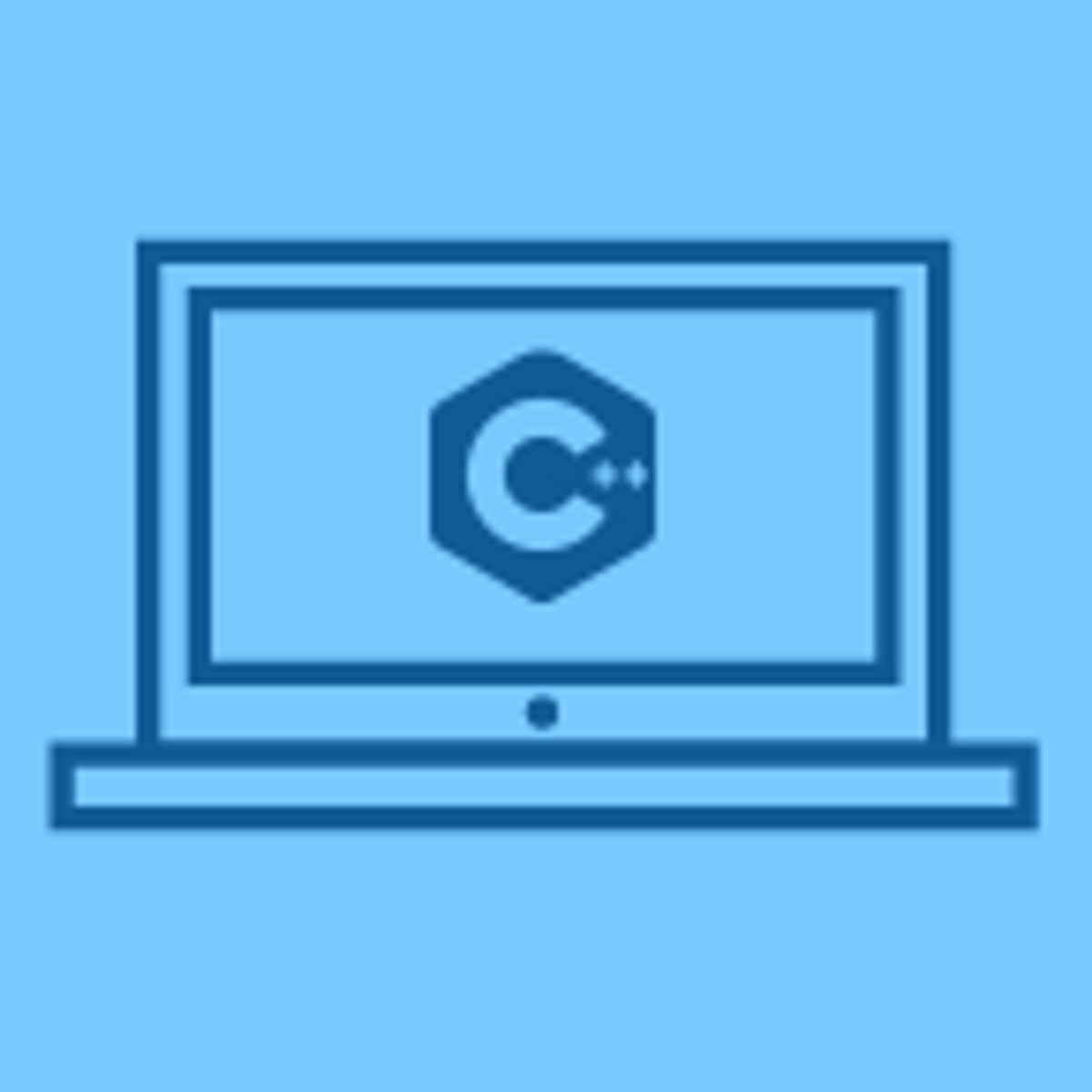


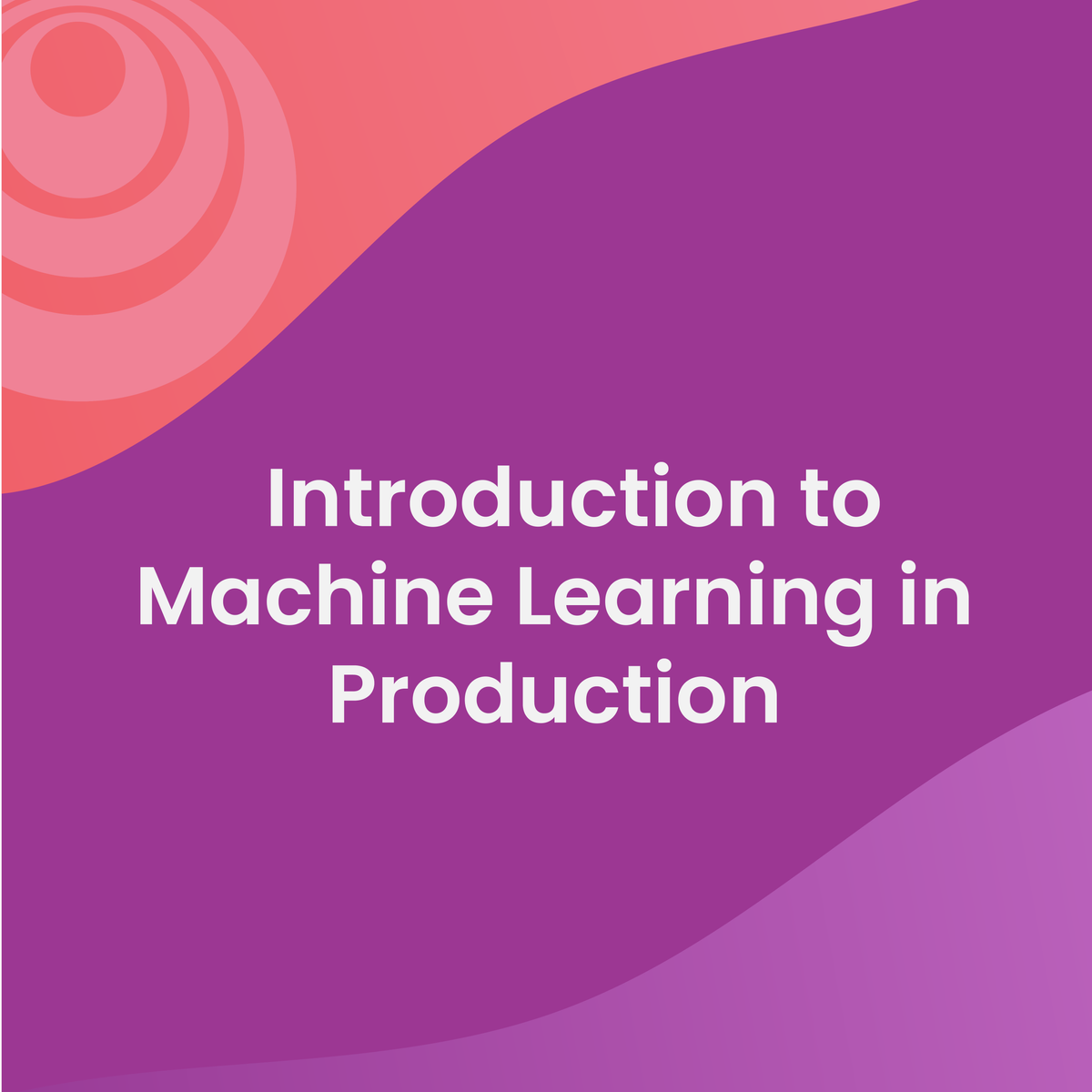
Software Development Courses - Page 111
Showing results 1101-1110 of 1266

Getting Started with Terraform for Google Cloud
This course provides an introduction to using Terraform for Google Cloud. It enables learners to describe how Terraform can be used to implement infrastructure as code and to apply some of its key features and functionalities to create and manage Google Cloud infrastructure.
Learners will get hands-on practice building and managing Google Cloud resources using Terraform.

Principles of Computing (Part 1)
This two-part course builds upon the programming skills that you learned in our Introduction to Interactive Programming in Python course. We will augment those skills with both important programming practices and critical mathematical problem solving skills. These skills underlie larger scale computational problem solving and programming. The main focus of the class will be programming weekly mini-projects in Python that build upon the mathematical and programming principles that are taught in the class. To keep the class fun and engaging, many of the projects will involve working with strategy-based games.
In part 1 of this course, the programming aspect of the class will focus on coding standards and testing. The mathematical portion of the class will focus on probability, combinatorics, and counting with an eye towards practical applications of these concepts in Computer Science.
Recommended Background - Students should be comfortable writing small (100+ line) programs in Python using constructs such as lists, dictionaries and classes and also have a high-school math background that includes algebra and pre-calculus.

Data, Security, and Privacy
This course provides hands-on experience with technology-based productivity tools, as well as foundational knowledge and understanding of system design and development. The course is designed to integrate concepts of hardware, software, and the Internet. This course also provides an overview of data security, data privacy, and ways to increase productivity and efficiency. Students will also investigate technology career paths and some of the various certifications available in the industry.

Learn to Teach Java: Boolean Expressions, If Statements, and Iteration
Learn to program with Boolean Expressions, If Statement, and For and While Loops in Java, and prepare to teach others using the free, online interactive CS Awesome textbook. In this course for teachers we'll guide you both in learning Java concepts and skills but also in how to effectively teach those to your students.
This course will support you in teaching the Advanced Placement Computer Science A course or a similar introductory university-level programming course. We'll cover the critical Java concepts of selection (if statements) and iteration (loops), as covered in the APCS A Units 3 and 4. Each topic will begin by relating Java to block-based programming languages and then provide video overviews of CS Awesome content along with additional materials to supplement learning for your students.
You'll engage with additional materials to support your teaching including "deep dive" classroom discussion questions, assessment overviews, code tracing and problem solving skills for your students, including preparation for free response coding questions.
Practical Introduction to the Command Line
In this project, you will use the UNIX command line to create photo albums that organize photos into directories by date. You'll learn what's the difference between a terminal, bash, command-line, and prompt. With lots of hands-on exercises, you'll master the most fundamental Unix commands for navigating, manipulating and inspecting files.
Interacting with a computer through a command-line interface (CLI) is a powerful technique. In such an interface, you type commands telling the computer to perform desired tasks. Mastering the command line can greatly improve your productivity during development.

APIs Explorer: Compute Engine
This is a self-paced lab that takes place in the Google Cloud console.
Use the APIs Explorer to create a Compute Engine instance, then use Cloud monitoring to monitor the CPU usage.

C++ Basics: Selection and Iteration
Code and run your first C++ program in minutes without installing anything!
This course is designed for learners with no coding experience, providing a solid foundation of not just C++, but core Computer Science topics that can be transferred to other languages. The modules in this course cover printing, operators, iteration (i.e., loops), and selection (i.e., conditionals).
To allow for a truly hands-on, self-paced learning experience, this course is video-free. Assignments contain short explanations with images and runnable code examples with suggested edits to explore code examples further, building a deeper understanding by doing. You'll benefit from instant feedback from a variety of assessment items along the way, gently progressing from quick understanding checks (multiple choice, fill in the blank, and un-scrambling code blocks) to small, approachable coding exercises that take minutes instead of hours.

Query data in Django
In this 1-hour long project-based course, you will learn how to use the QuerySet methods and the Q objects to query data in Django. You will generate a sample project and create a view that populates the database with sample data. You will then learn the syntax of keyword arguments to construct queries using the QuerySet methods. You will create complex queries using the Q objects, and finally you will learn how to query across relationships.
Note: This course works best for learners who are based in the North America region. We’re currently working on providing the same experience in other regions.

C Programming: Language Foundations - 2
In this course you will learn to use logical statements and arrays in C. Logical statements are used for decision-making with follow-up instructions, based on conditions you define. Arrays are used to store, keep track of, and organize larger amounts of data. You will furthermore implement some fundamental algorithms to search and sort data.
Why learn C? Not only is it one of the most stable and popular programming languages in the world, it's also used to power almost all electronic devices. The C programming language represents one of the building blocks of modern computer information technology.
Why learn C and not another programming language? Did you know that smartphones, your car’s navigation system, robots, drones, trains, and almost all electronic devices have some C-code running under the hood? C is used in any circumstance where speed and flexibility are important, such as in embedded systems or high-performance computing.
By the end of this course, you will have gained experience with programming concepts that are foundational to any programming language and be one step closer to a career in computer engineering.
Your job Outlook:
- Programmers, developers, engineers, managers, and related industries within scientific computing and data science;
- Embedded systems such as transportation, utility networks, and aerospace;
- Robotics industry and manufacturing;
- IoT (Internet of Things) used in smart homes, automation, and wearables.
- IEEE, the world’s largest technical professional organization for the advancement of technology, ranks C as third of the top programming languages of 2021 in demand by employers. (Source: IEEE Spectrum)
This course has received financial support from the Patrick & Lina Drahi Foundation.

Introduction to Machine Learning in Production
In the first course of Machine Learning Engineering for Production Specialization, you will identify the various components and design an ML production system end-to-end: project scoping, data needs, modeling strategies, and deployment constraints and requirements; and learn how to establish a model baseline, address concept drift, and prototype the process for developing, deploying, and continuously improving a productionized ML application.
Understanding machine learning and deep learning concepts is essential, but if you’re looking to build an effective AI career, you need production engineering capabilities as well. Machine learning engineering for production combines the foundational concepts of machine learning with the functional expertise of modern software development and engineering roles to help you develop production-ready skills.
Week 1: Overview of the ML Lifecycle and Deployment
Week 2: Selecting and Training a Model
Week 3: Data Definition and Baseline
Popular Internships and Jobs by Categories
Browse
© 2024 BoostGrad | All rights reserved


